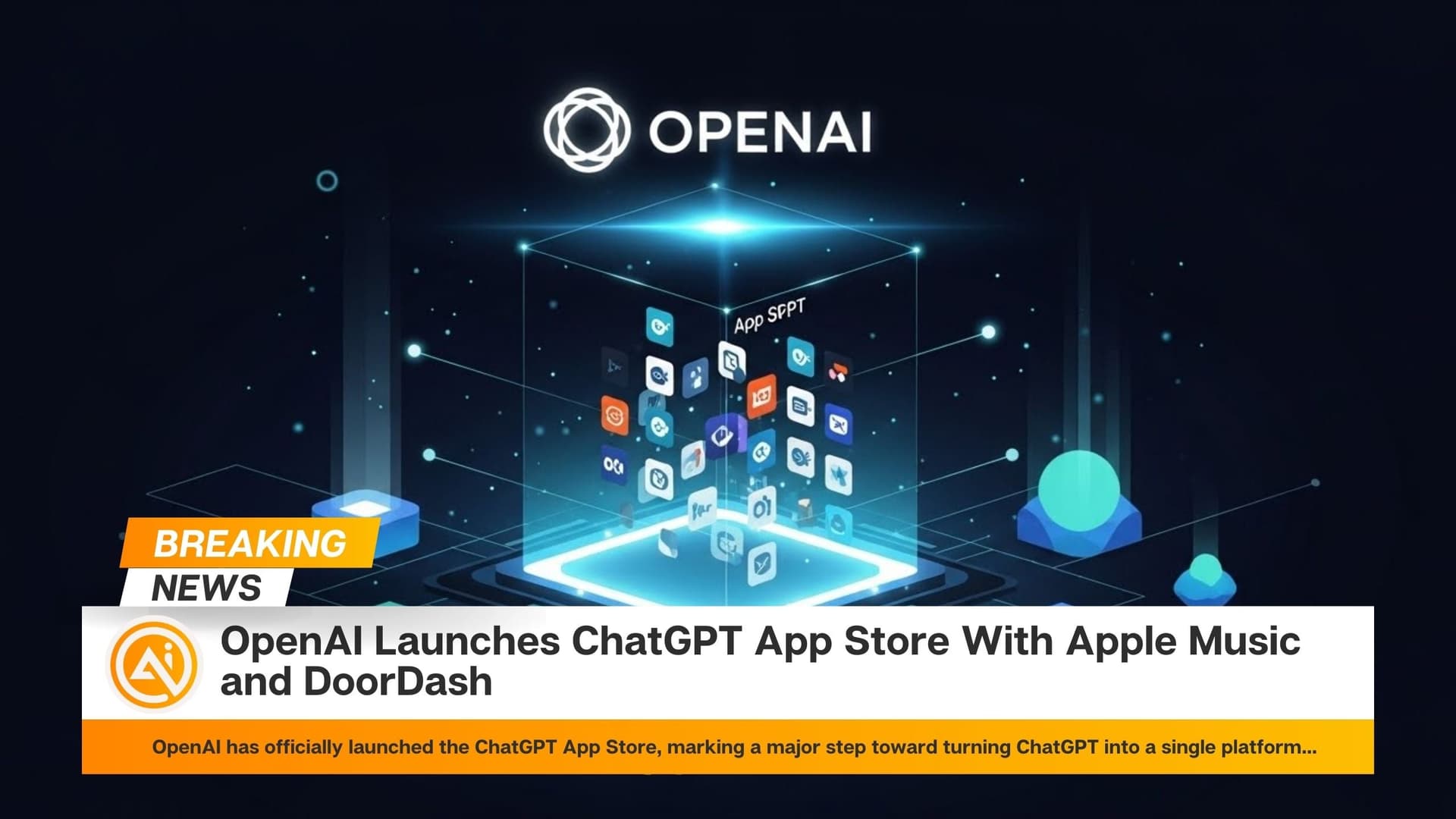AI development is progressing rapidly, with major companies and startups introducing new models with advanced capabilities. Understanding their differences and uses can be difficult, especially since technical benchmarks don’t always reflect real-world performance. Here’s a look at the most important AI models launched in 2025 and what they bring to the table.
Cohere introduced Aya Vision, a multimodal AI model that specializes in image captioning and multilingual comprehension. OpenAI’s GPT-4.5 Orion, while powerful in general knowledge and emotional intelligence, does not always outperform newer reasoning models. Anthropic’s Claude Sonnet 3.7 is designed for both quick answers and deeper analysis, offering users control over response times. xAI’s Grok 3, the latest from Elon Musk’s company, is strong in coding, math, and science but requires an X Premium subscription.
For those focused on STEM, OpenAI’s o3-mini provides affordable and efficient support for coding and mathematical tasks. OpenAI also introduced Deep Research, an AI designed for detailed research with cited sources, though it remains exclusive to ChatGPT Pro. Mistral’s Le Chat, a fast chatbot, offers a paid version that includes up-to-date news from AFP. Meanwhile, OpenAI’s Operator is an experimental AI assistant capable of handling independent tasks like grocery shopping.
Google launched Gemini 2.0 Pro, featuring excellent coding abilities and an extensive context window. Meta’s Llama 3.3 70B is an efficient open-source AI, while OpenAI’s Sora generates video content but struggles with realistic physics. DeepSeek R1, a Chinese AI model, gained attention for its coding skills but faces censorship concerns.
As AI models continue advancing, companies aim to make them more intelligent, efficient, and accessible, shaping the future of AI-driven tools for professionals, researchers, and everyday users.
